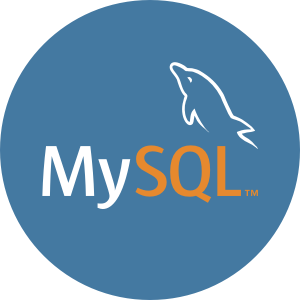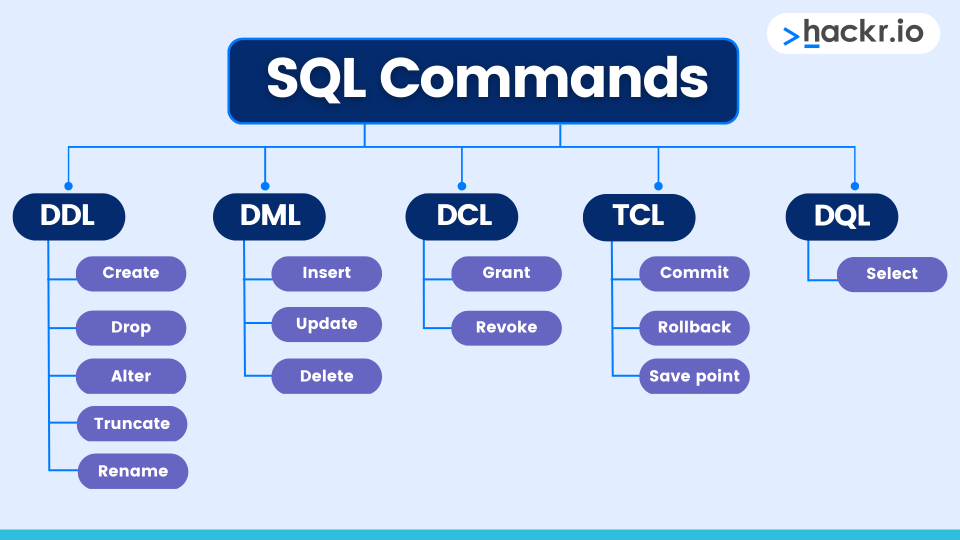

| Data type | Description |
|---|---|
| CHAR(size) | Holds a fixed length string (can contain letters, numbers, and special characters). The fixed size is specified in parenthesis. Can store up to 255 characters |
| VARCHAR(size) | Holds a variable length string (can contain letters, numbers, and special characters). The maximum size is specified in parenthesis. Can store up to 255 characters. Note: If you put a greater value than 255 it will be converted to a TEXT type |
| TINYTEXT | Holds a string with a maximum length of 255 characters |
| TEXT | Holds a string with a maximum length of 255 characters |
| BLOB | For BLOBs (Binary Large Objects). Holds up to 65,535 bytes of data |
| MEDIUMTEXT | Holds a string with a maximum length of 16,777,215 characters |
| MEDIUMBLOB | For BLOBS (Binary Large Objects). Holds up to 16,777,215 bytes of data |
| LONGTEXT | Holds a string with a maximum length of 4,294,967,295 characters |
| LONGBLOB | For BLOBS (Binary Large Objects). Holds up to 4,294,967,295 bytes of data |
| ENUM(x,y,z,etc.) | Let you enter a list of possible values. You can list up to 65535 values in an ENUM list. If a value is inserted that is not in the list, a blank value will be inserted. Note: The values are sorted in the order you enter them. You enter the possible values in this format: ENUM('X','Y', 'Z') |
| SET | Similar to ENUM except that SET may contain up to 64 list items and can store more than one choice |

| SELECT column1, column2, ... FROM table_name; |
|
SELECT column1, column2, ... FROM table_name WHERE condition; |
|
INSERT INTO table_name (column1, column2, column3, ...) VALUES (value1, value2, value3, ...); |
|
UPDATE table_name SET column1 = value1, column2 = value2, ... WHERE condition; |
|
DELETE FROM table_name WHERE condition; |